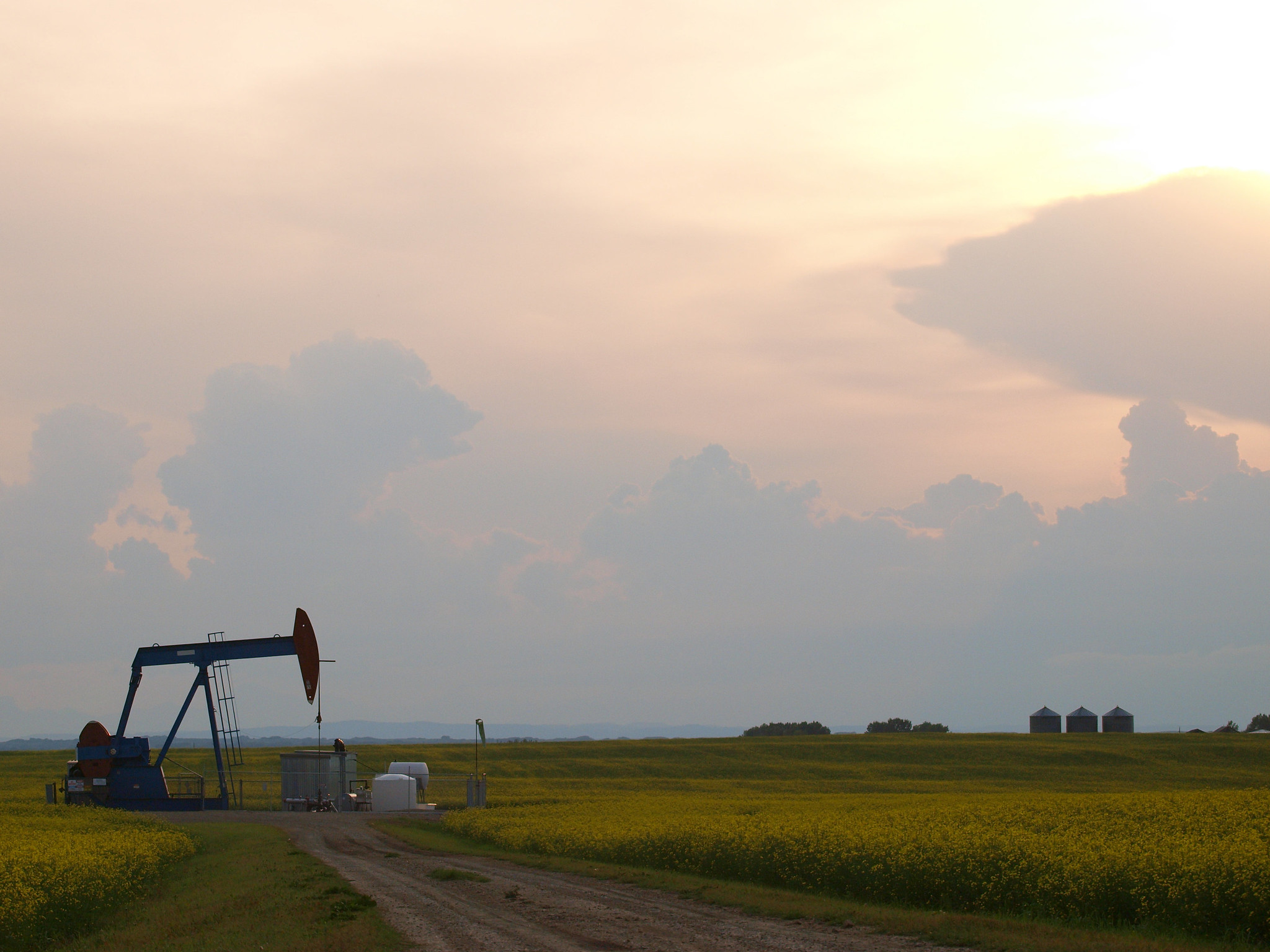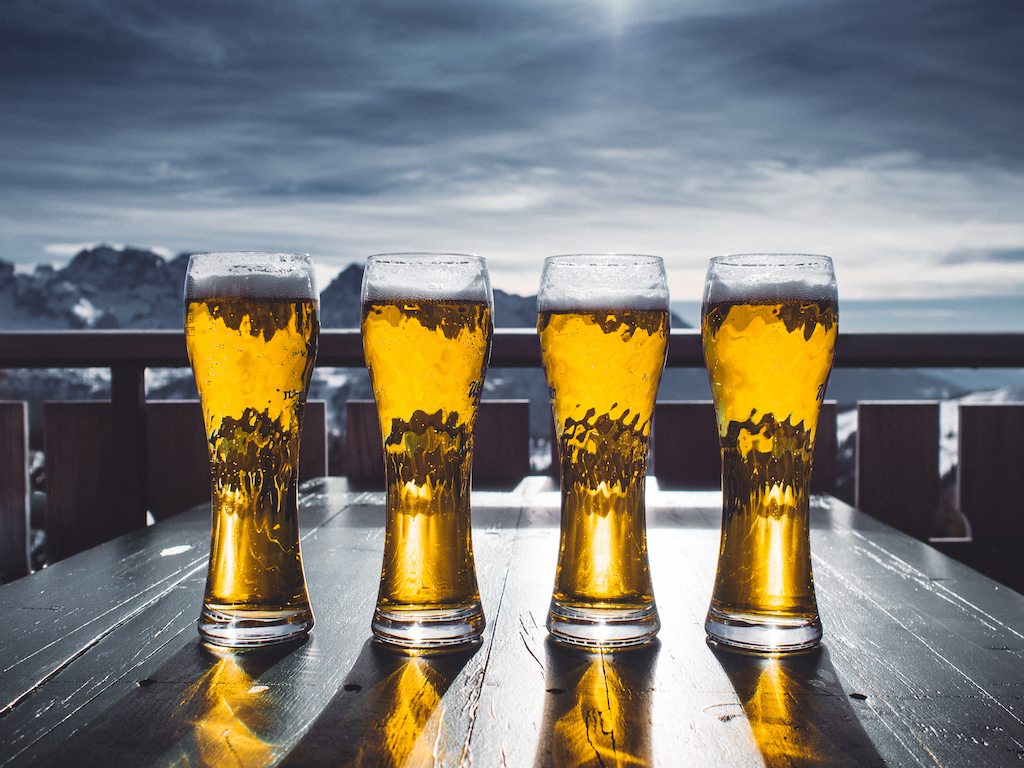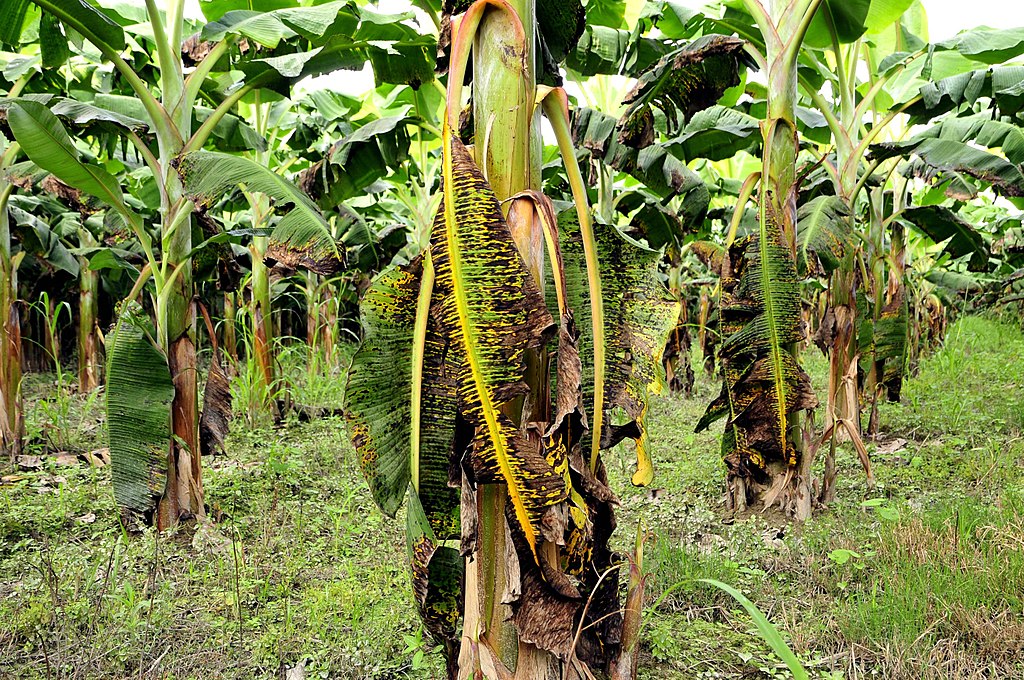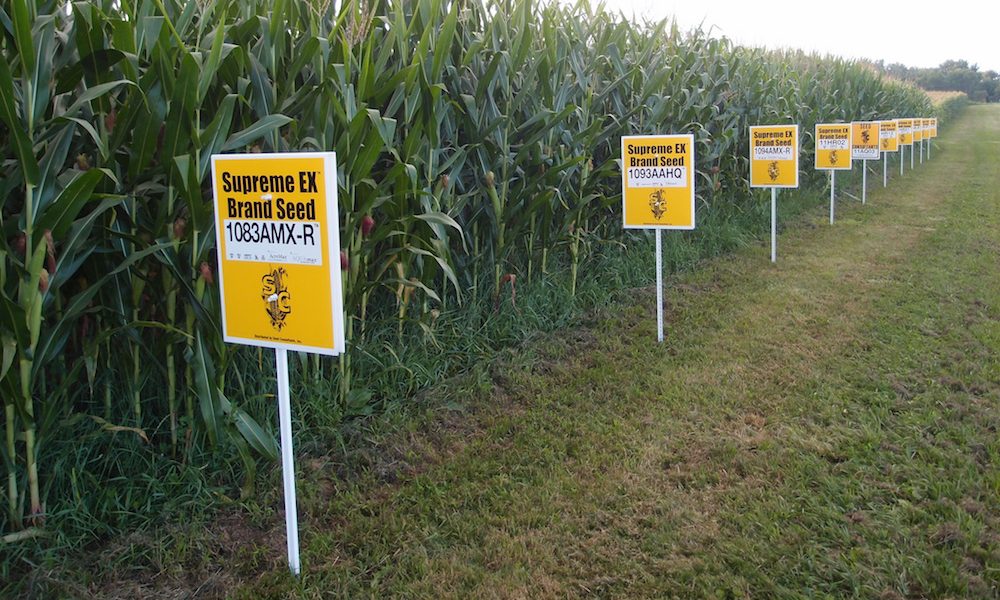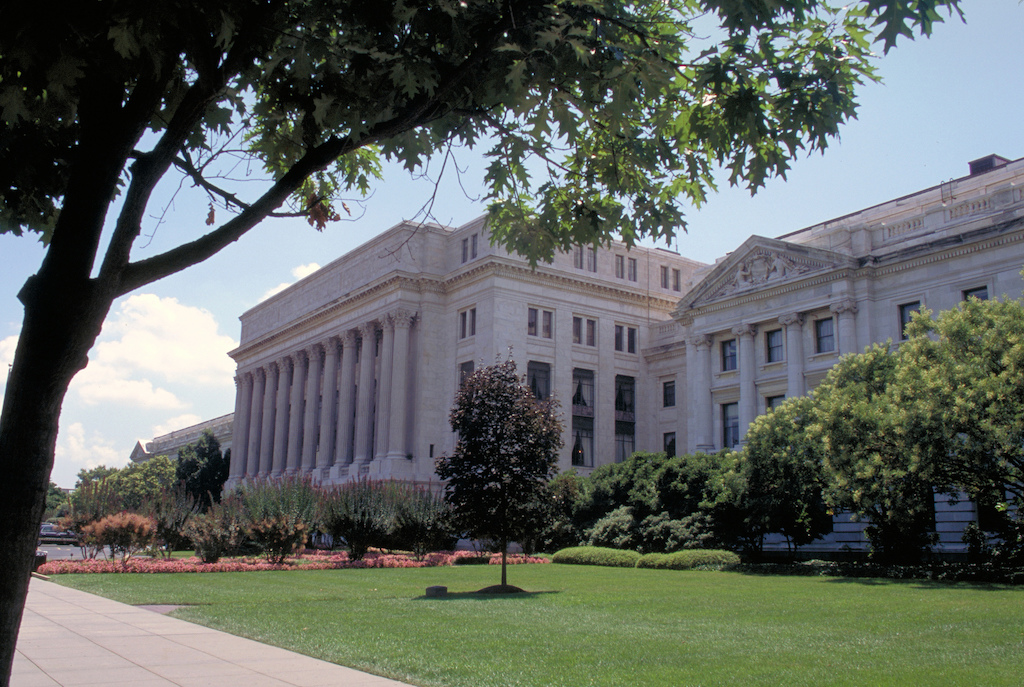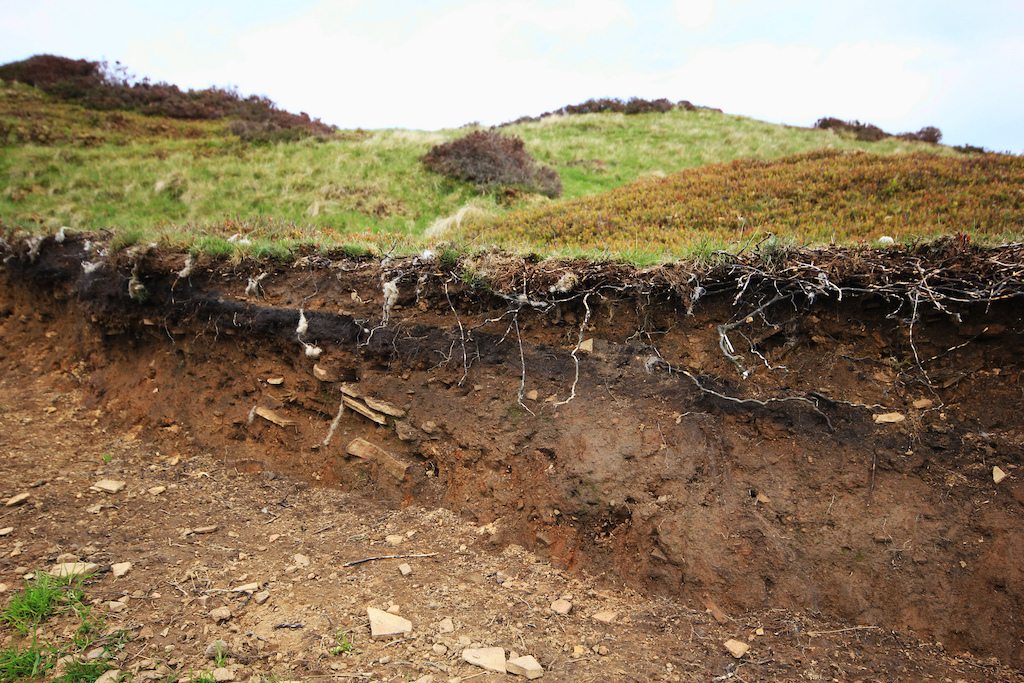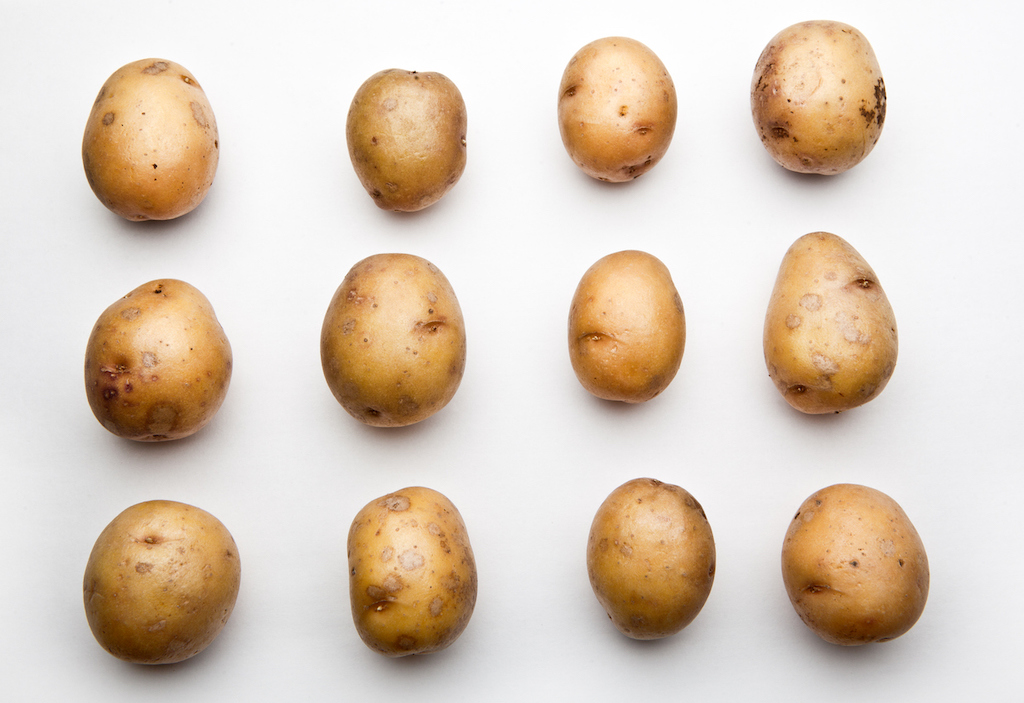On the day after Thanksgiving, a consortium of scientists from 13 federal agencies released the National Climate Assessment, a report published once every four years that looks at the present and future impacts of climate change. White House-adjacent sources told The New York Times that the timing of the release—a holiday weekend when many were tuned out of the news cycle—was not a coincidence.
A White House statement said the report is “largely based on the most extreme scenario.” On Wednesday of last week, President Trump sent a tweet that seemed to imply the cold weekend forecast negated decades of scientific consensus. “Whatever happened to Global Warming?” he said of the report on Monday, “I don’t believe it.”
Though the White House doesn’t seem intent on changing its tune, the assessment affirms what many of us already believe to be true: climate change is impacting our lives right now. If we don’t do anything about it, its effects will only get worse. Left unchecked, it could lop 10 percent off the Gross Domestic Product by the end of this century.
But the agricultural sector also has lots of opportunities to adapt. Farmers are installing new, precise irrigation systems that save water. Carbon sequestration techniques like cover cropping are catching on. And biofuels still hold potential as a replacement energy source.
Here’s our New Food Economy survey of the report’s surprising findings.
Seasons, pests, pollen—everything is shifting.
Off-kilter weather patterns have already thrown some growing seasons off balance. According to the climate assessment, that’ll continue, and the effects of these changes will be scattered.
On Monday, for example, The Wall Street Journal reported that Canadian farmers are starting to grow corn. While that’s great news for Canadian farmers—they’re getting an additional revenue stream—it also means that American farmers will have new competition. And Canada might see additional deforestation, which exacerbates climate change. Deforestation might displace vulnerable wildlife. Et cetera. (Ironically, seasonal shifts have been good for corn farmers in the United States so far because they elongate the growing season, thus increasing production. But the climate assessment says that lift is temporary and won’t continue under intensifying conditions.)
Also, allergy season will get longer, and plants like ragweed—which is particularly allergenic—will proliferate.
Sometimes, it’s just too damn hot.
In 2010, the dairy industry lost an estimated $1.2 billion in productivity due to “heat stress,” a phenomenon that afflicts cattle during the summer. When it’s hot outside, cows are less hungry, and they digest food at a different rate. That means they produce less milk. If the animals don’t have access to shade or air conditioning, the effect worsens. As summers get hotter, the financial damages wrought by heat stress on the dairy industry are expected to hover around 1 percent over the next 12 years. Beef cows and other livestock are affected, too, but many are already grown in temperature-controlled settings.
It all adds up to less productive farms …
The above are just a few impacts of climate change on agriculture outlined in the report. Others—erosion, crop loss caused by extreme weather events—will be just as impactful. Overall, the climate assessment indicates, agricultural productivity will suffer.
… and less farmland overall.
According to the report, the amount of land developed for “urban” use will increase by 50 percent and the land developed for suburbs will increase by 80 percent by 2050. That means we’ll lose between 520,000 and 600,000 square miles of land that’s currently being used for agriculture or is otherwise undeveloped.
Underwater habitats are in jeopardy, too.
Just like on land, climate change results in habitat shifts for common food fish in the sea. Because people don’t move as easily as migratory species, that may cause problems in the future. Fishermen in Massachusetts can’t exactly set up shop 300 miles north if cod decide they like it better in Canada.
As with the temporarily high corn yields in the U.S., the future result of these shifts looks mixed. For instance, while “catch potential” in the Bering Sea is forecasted to increase by 46 percent, populations of pollock, a key species caught in that region, are expected to decline. Lobsters, which represent the most valuable fishery in this country, are also going to be harder to find.
Other related phenomena like ocean acidification are already impacting fish stocks. As I wrote last year, baby oysters in the Pacific Northwest struggle to build their shells because of the shift in marine chemistry.
Because many communities around the world depend on the commercial fishing industry, changing population dynamics and migratory patterns have an outsized impact on local economies.
Will cellulosic bioenergy save us all? Not by 2020.
Remember back when ethanol derived from corn was supposed to replace gasoline and propel us into a carbon-neutral future? Fast forward a few years and we’ve still got the ethanol mandate—which puts a lot of money in the pockets of the Archer Daniels Midlands of the world—but, as Grist points out, “among environmentalists … the growing consensus is that corn-based ethanol is more fool’s gold than eco-treasure.” That’s because the agricultural methods used to grow vast quantities of corn rely on lots of pesticides and fertilizers, which run off into our water sources and are produced using carbon dioxide.
According to the climate assessment, research on cellulosic bioenergy crops has already been conducted in experimental fields. But we’re a long way from feeding switchgrass into our gas tanks. And downstream, “cascading” impacts that might result from devoting more farmland to fuel production remain unclear.
What else can farmers do to mitigate climate change?
Agriculture accounts for about 9 percent of U.S. greenhouse gas emissions, so changes made in the farming sector could have a major impact. According to the report, the changes farms can make to sequester more carbon are pretty much exactly what the federal government already recommends: planting cover crops, integrated pest management, and so on.
The report also says genetically modified crops show some promise, but the complicated politics and property rights inherent in any large-scale adoption of GMOs—not to mention the considerable amount of time it takes to bring a new seed to market—limit the technology’s potential.


